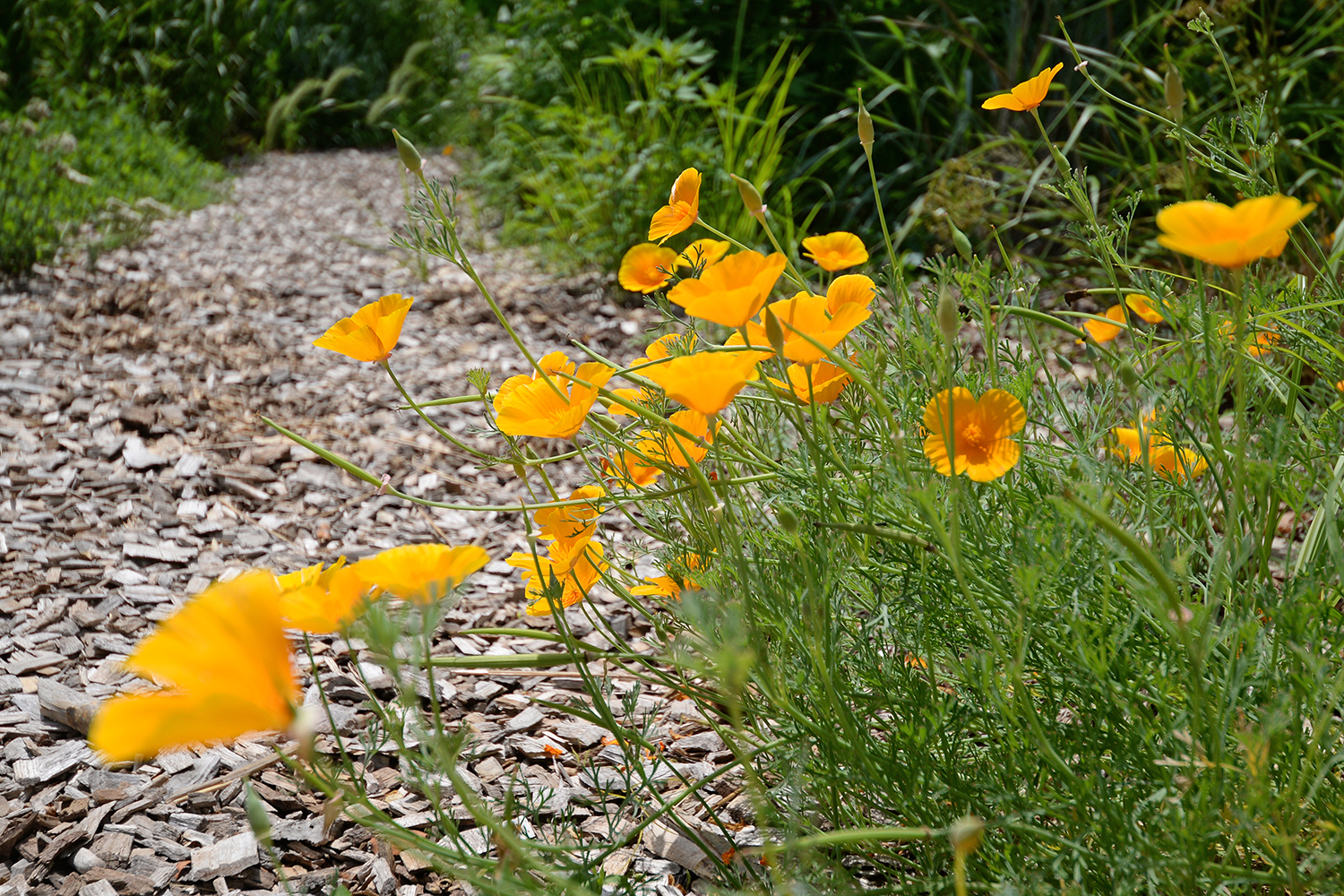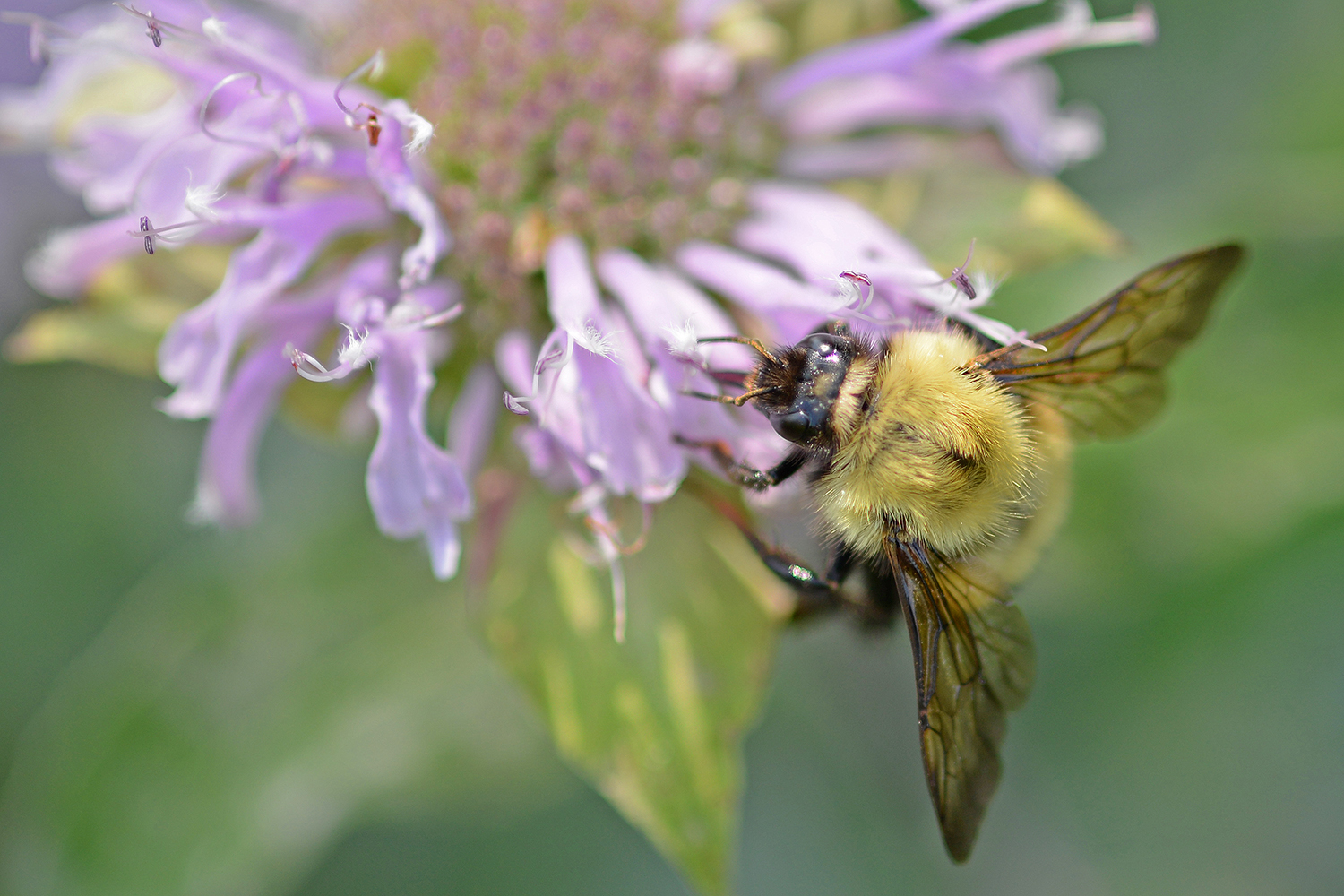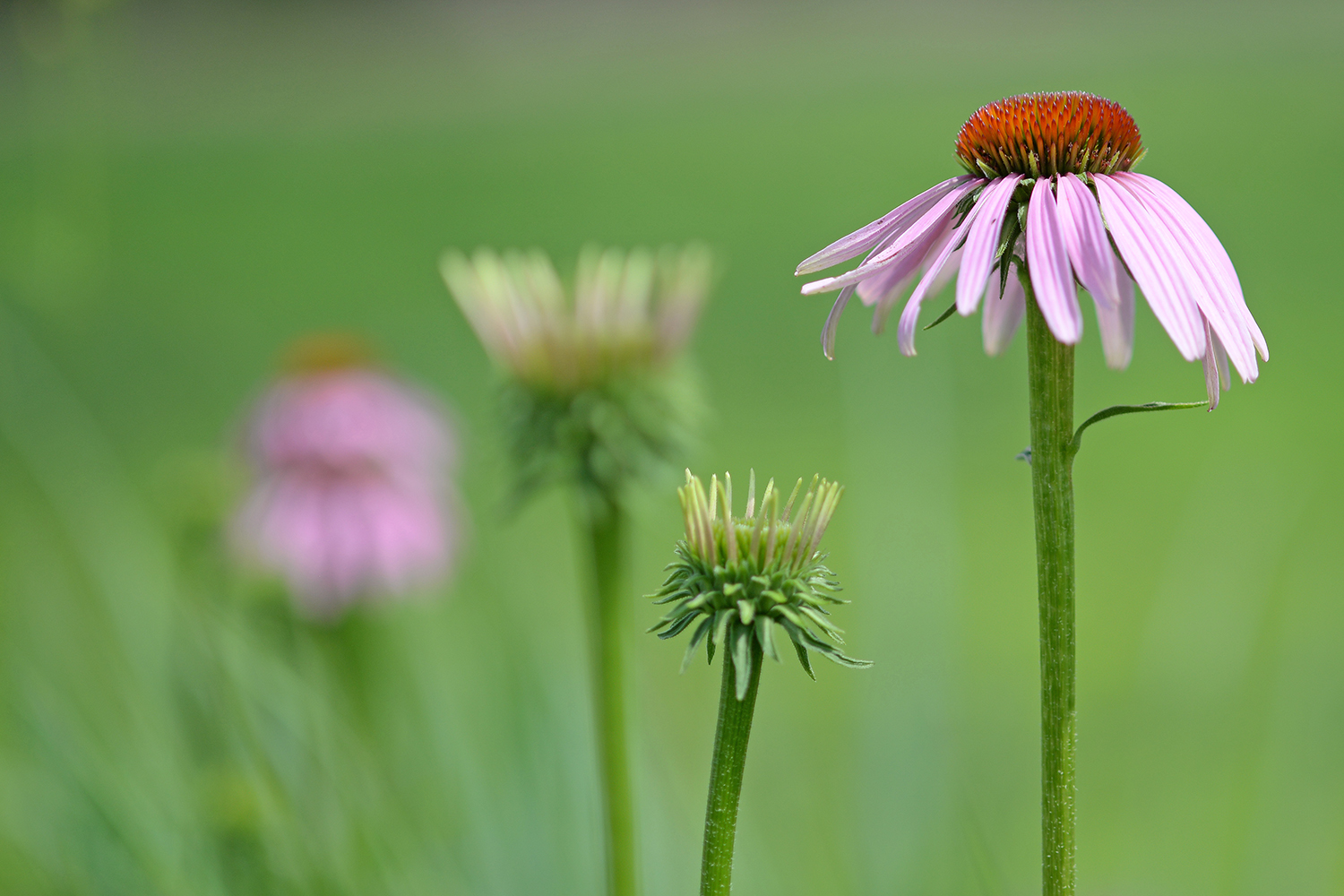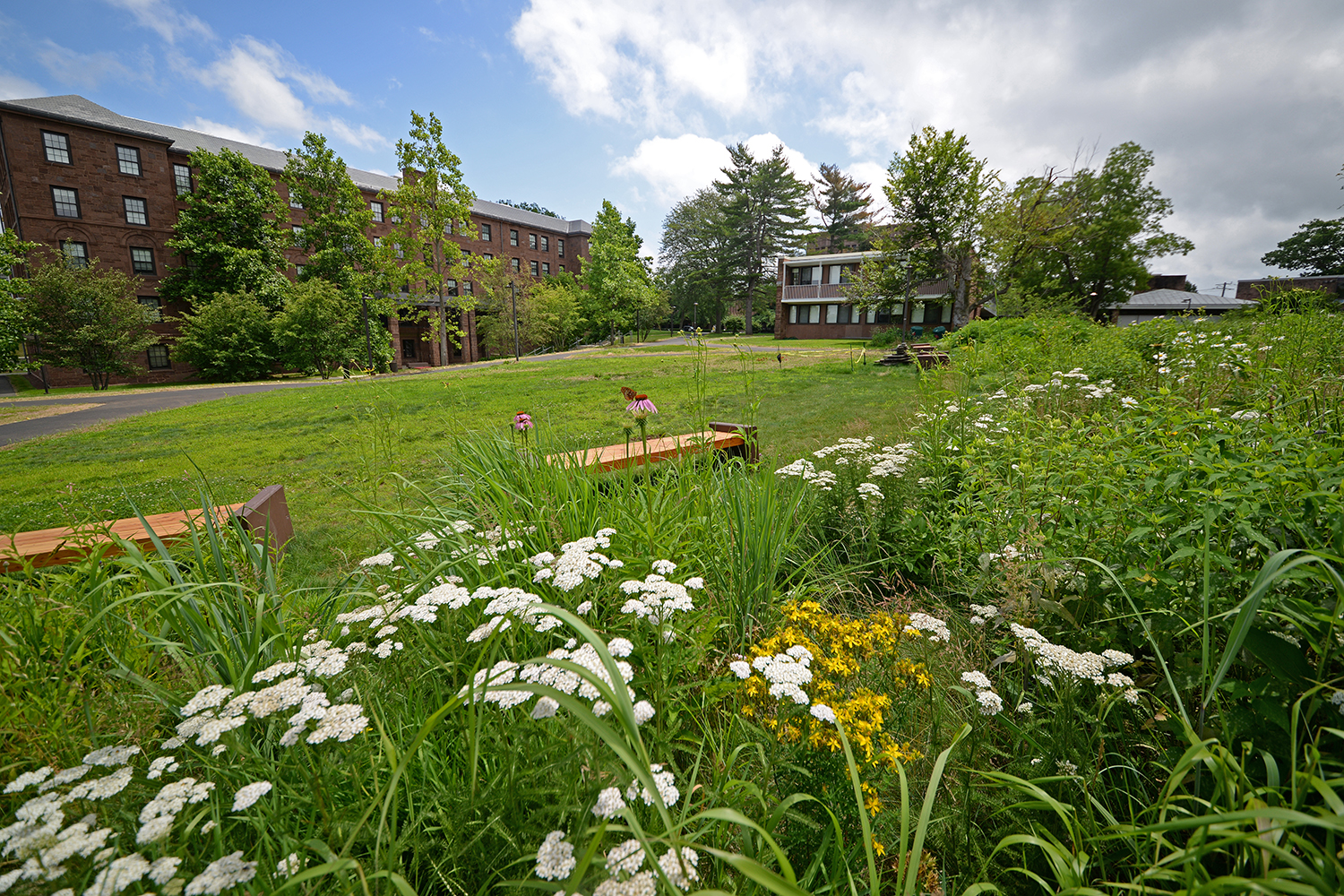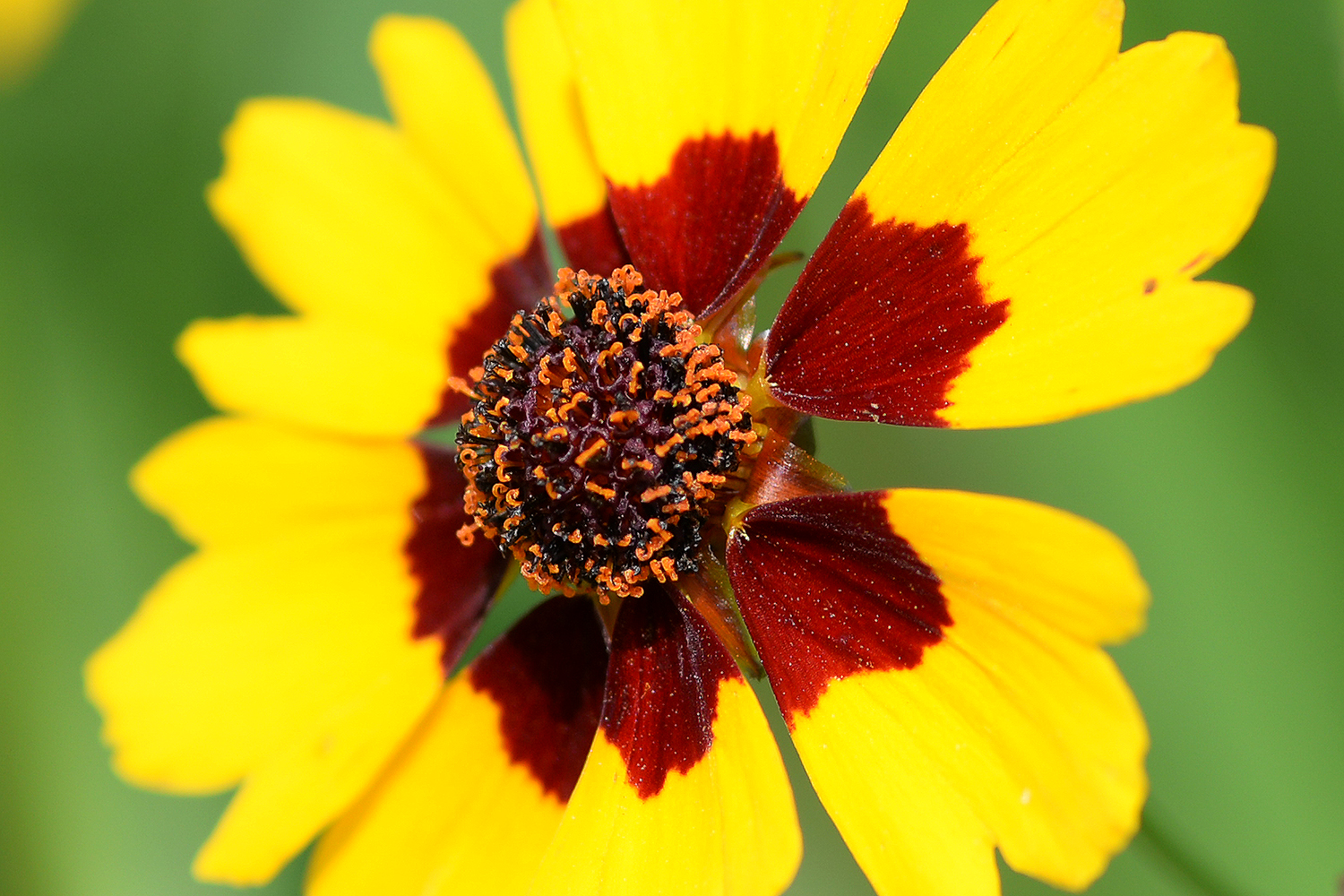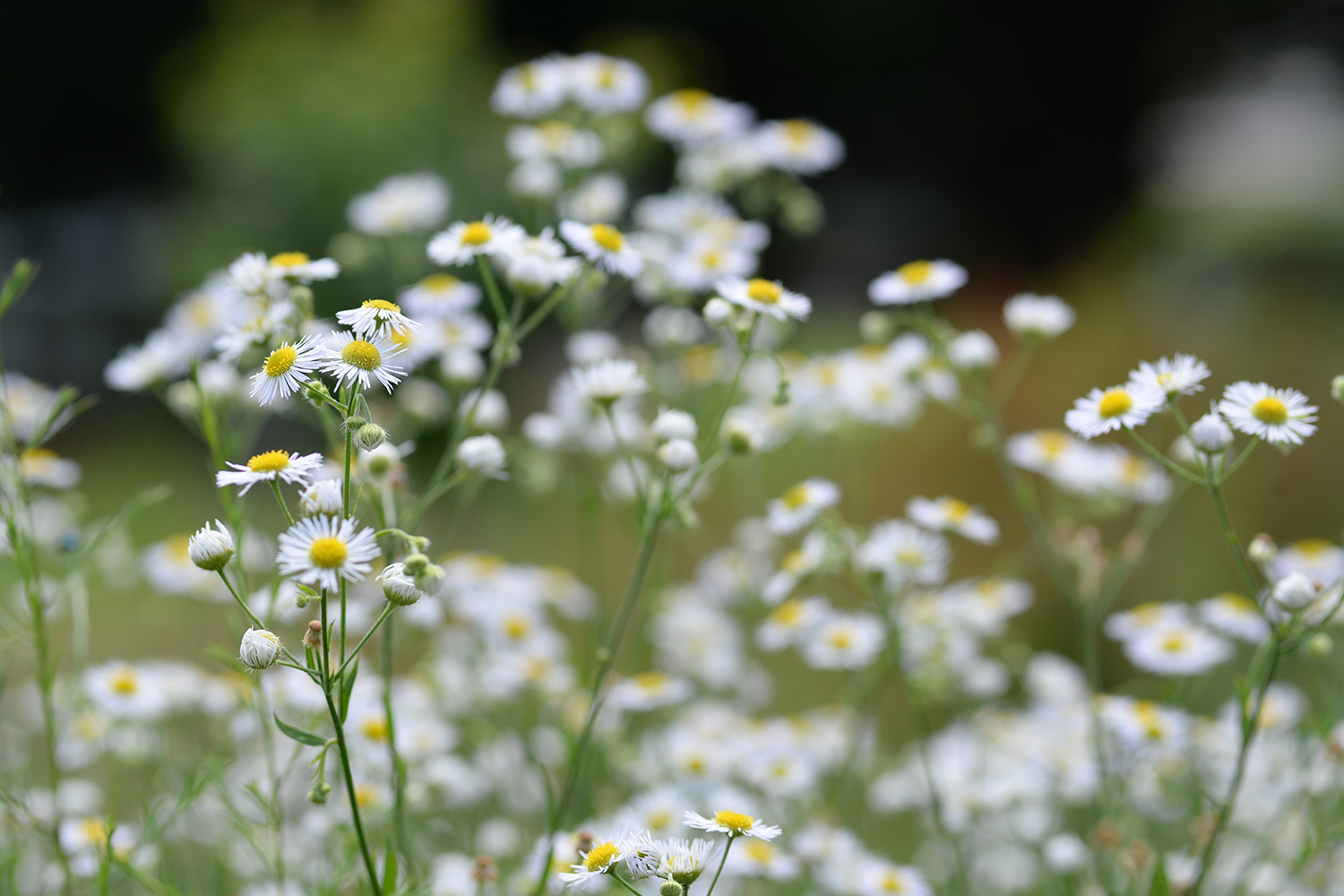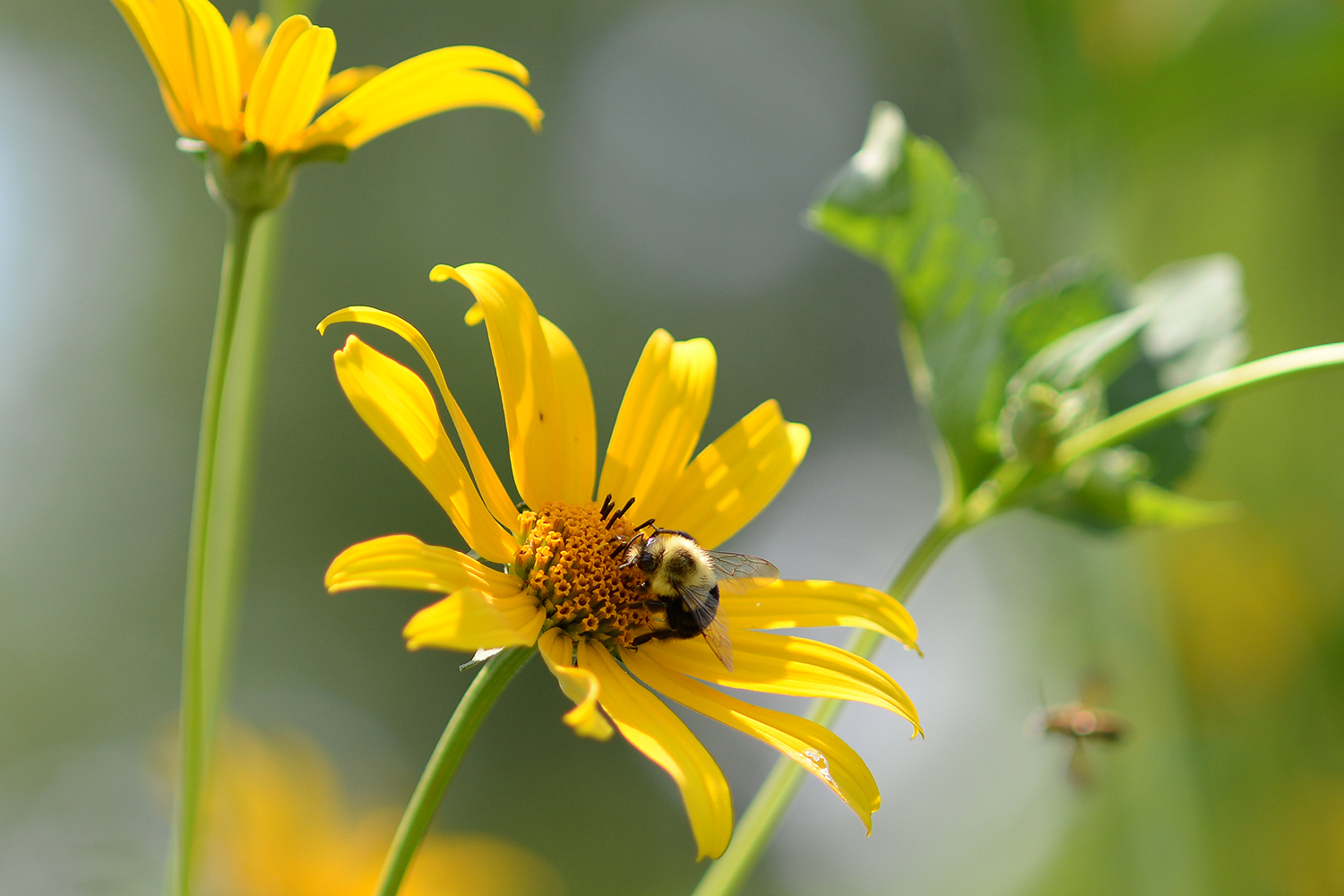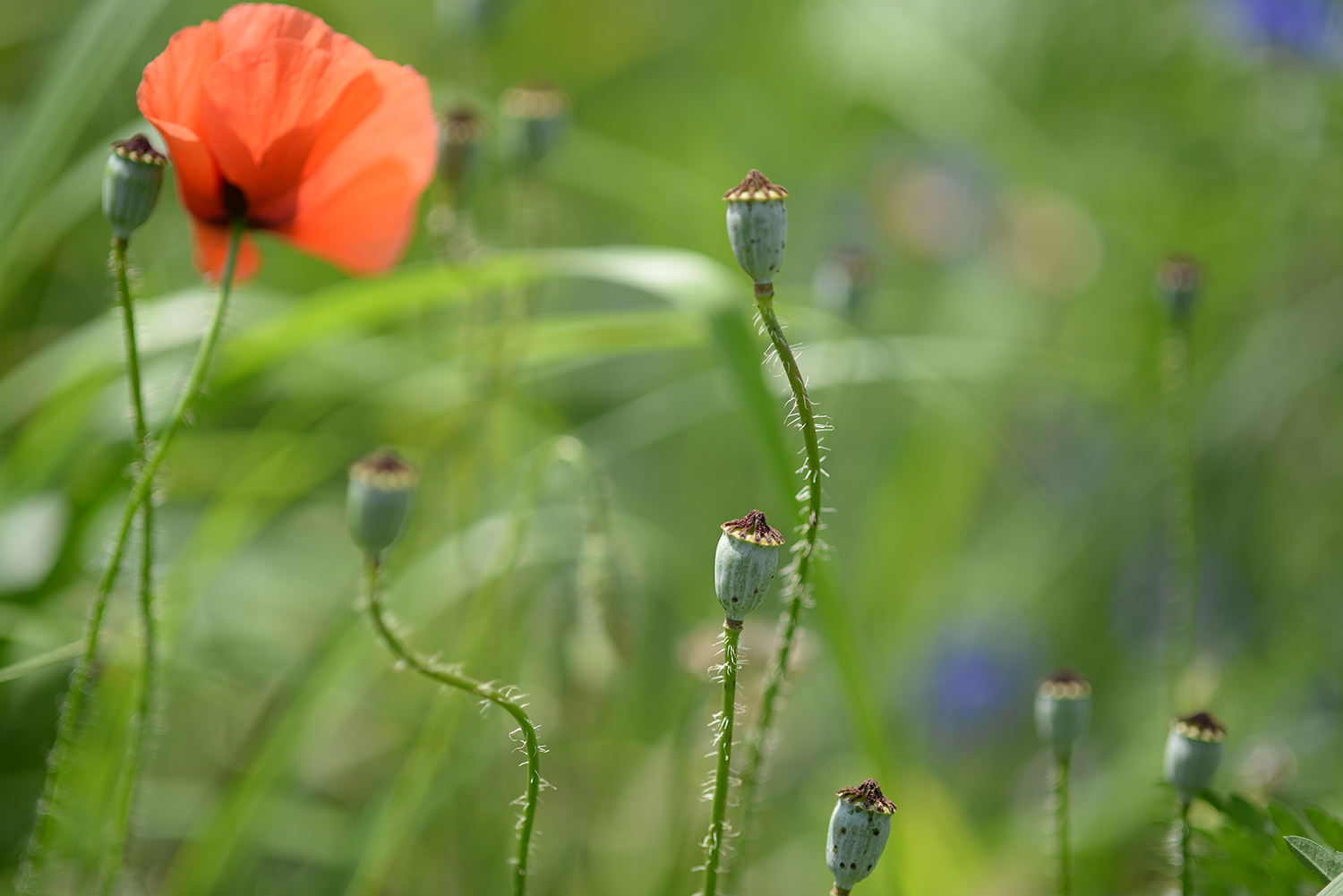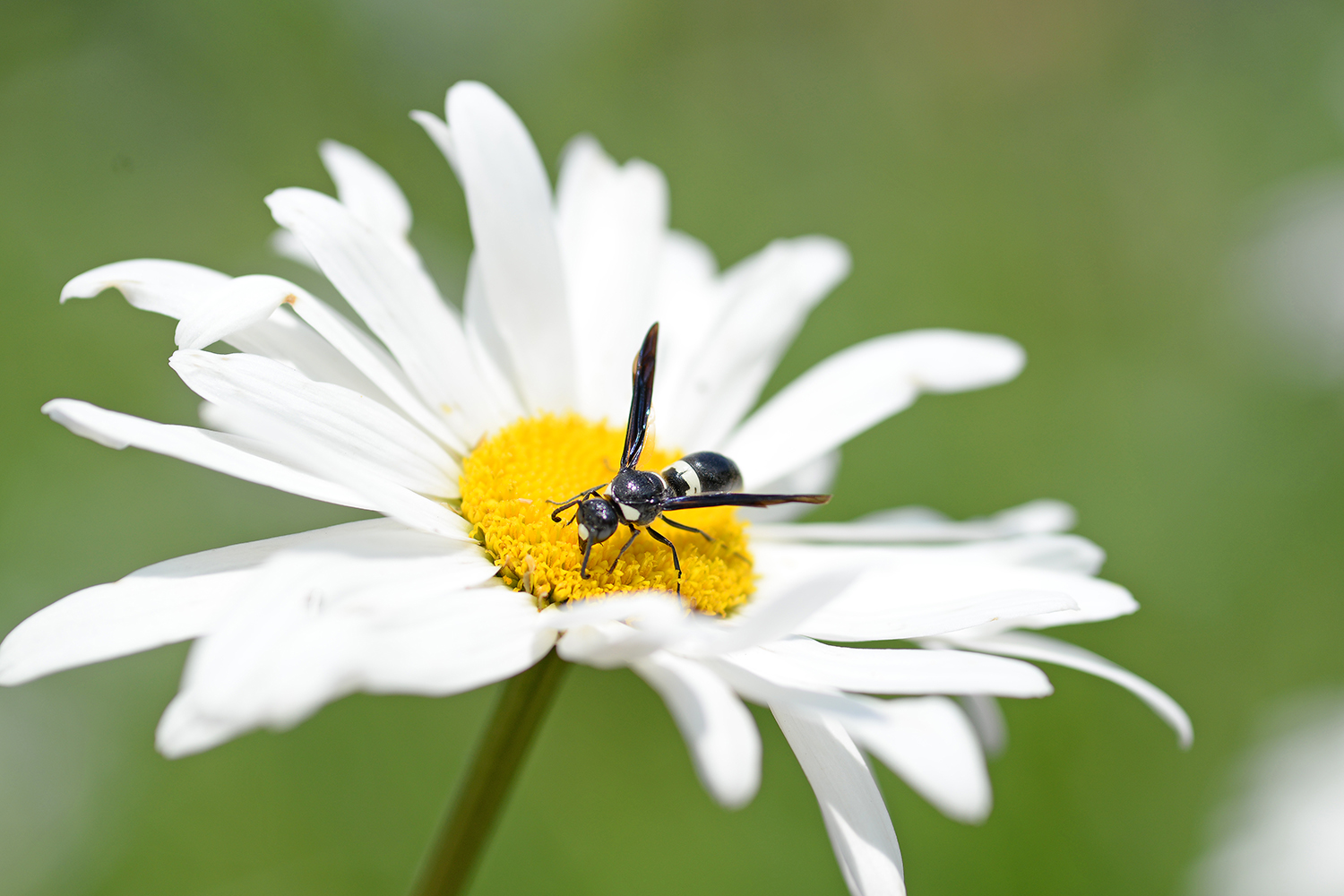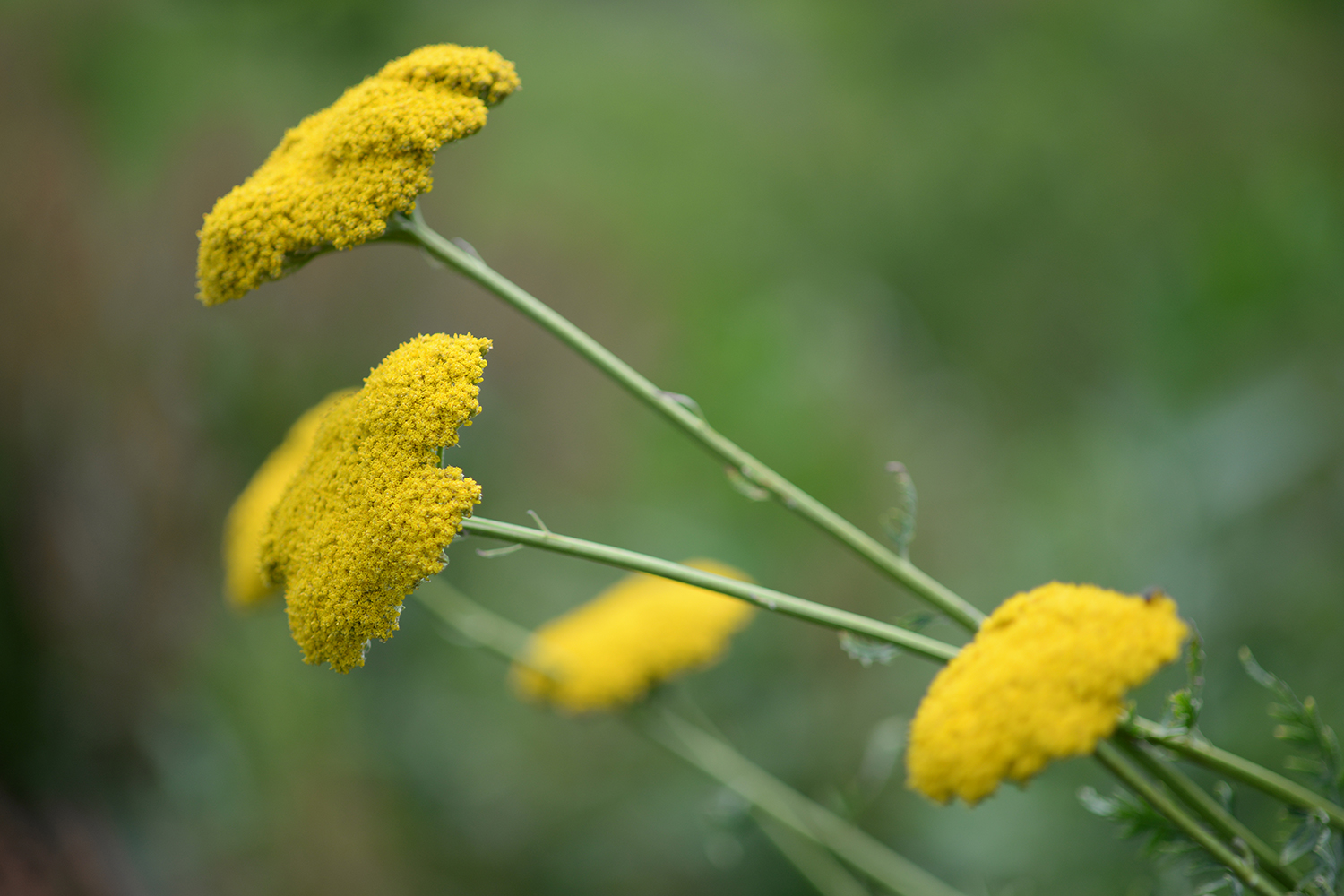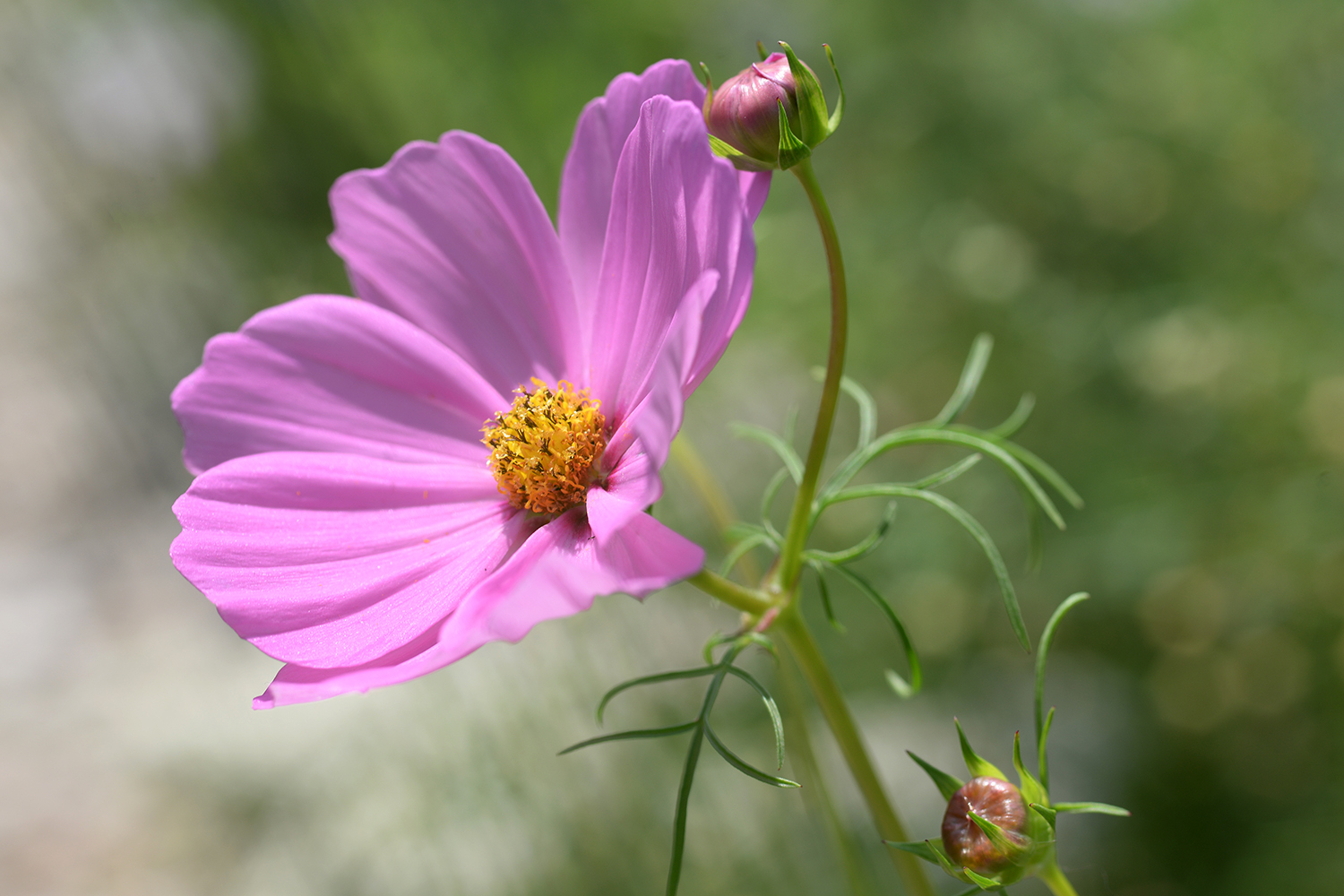Students Explore Sustainable Landscaping on Campus
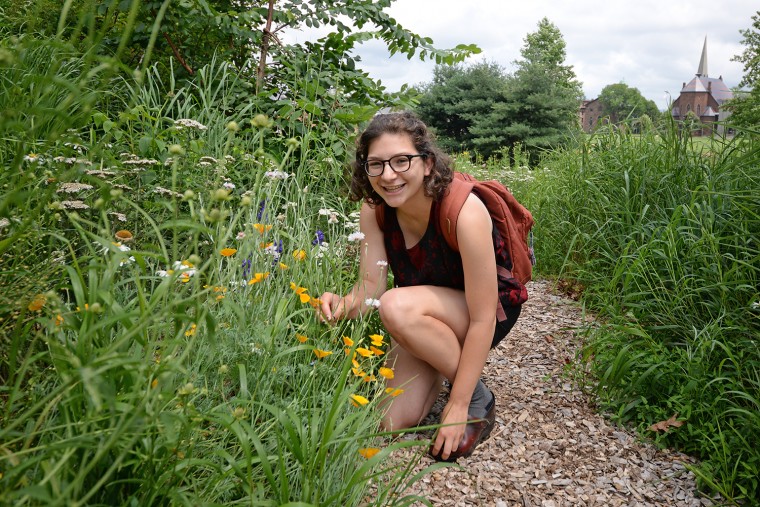
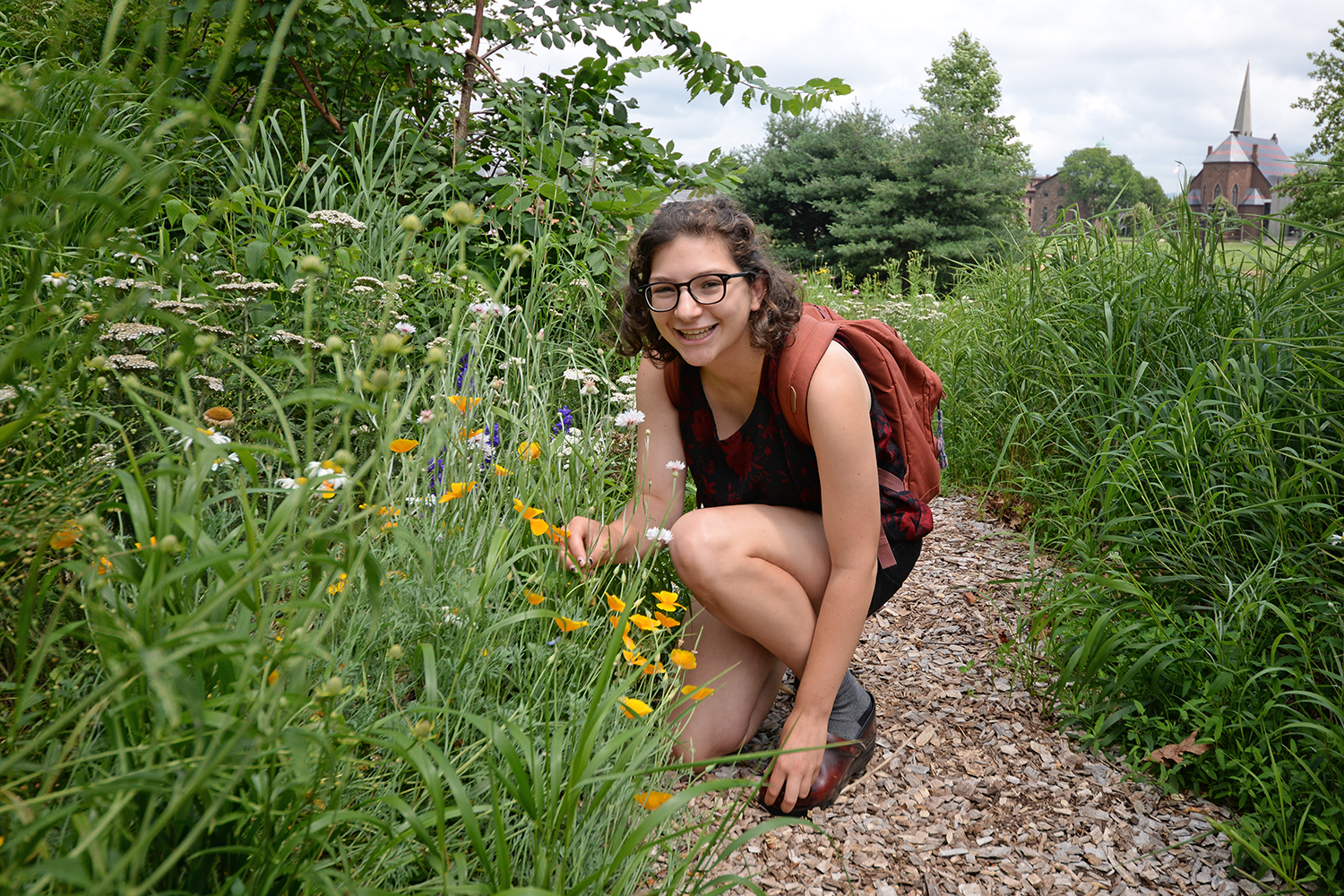
In 2011, the student organization WILD Wes (Working for Intelligent Landscape Design at Wesleyan), created WILD WestCo, a .75 acre sustainable landscaping initiative in the West College Courtyard. WILD Wes developed a landscape design and implementation plan following a permacultural ethic.
Today, the courtyard features more than 40 shrubs, dozens of fruit trees, two rain gardens, a rainwater catchment system, multiple wood chip pathways lined in rye, clover and buckwheat, a seating area, compost area and hundreds of perennials that draw birds, insects and other wildlife.
The landscape requires minimal resources and maintenance.
As a member of WILD Wes, Heather Whittemore ’17 frequents the courtyard daily throughout the summer.
“I’m really into flowers and gardening. Usually I am into more traditional gardening, but WestCo is really cool because it’s designed using permaculture principles that are much more sustainable and ecological than traditional gardening methods and design, which is important to me as an environmental studies major,” she said.
Photos of the courtyard on July 7 are below: (Photos by Olivia Drake MALS ’08)
